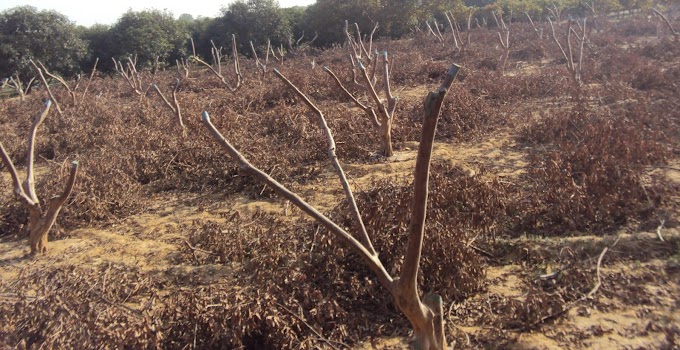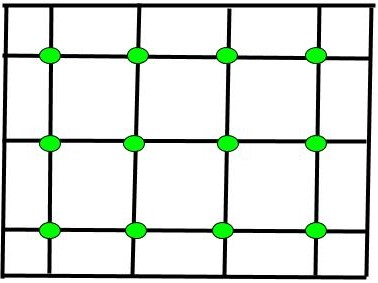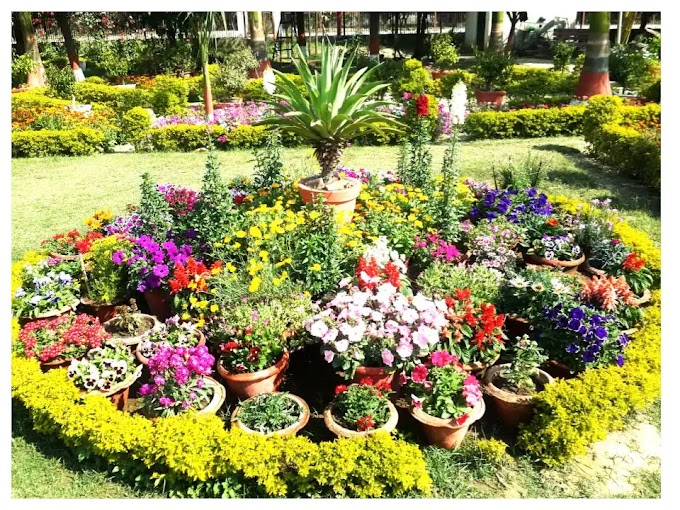E(caps)thylene (C2H4) is an unsaturated hydrocarbon. The International Union of Pure and Applied Chemistry (IUPAC) name of ethylene is ethene. It is colourless gas which is higher than air at room temperature and soluble in water. The ancient Egyptians used to make the cut on figs to stimulate the ripening. Later on, it has been proved that ethylene production can be accelerated in plants by wounding the plant tissues. The ancient Chinese used to burn incense, a type of aromatic plant material in closed rooms to enhance the ripening of pears. In 1901 Dimitry Neljubow a Russian scientist reported that street lights gas that caused stunting of growth, twisting of plants and abnormal thickening of stems was ethylene. It was Cousin (1910) who observed that a gas emanated from oranges caused banana ripening stored with oranges during shipping. In 1934 Gane reported that plants synthesise ethylene and demonstrated that ethylene was produced by the apple fruits during ripening in storage. The early work was mainly concerned with the practical application of smoke to induce flowering in pineapple and ripening of banana fruits. In 1935 Crocker suggested that ethylene was the plant hormone responsible for fruit ripening and senescence of vegetative tissues. Ethylene is produced in all parts of higher plants and its production is affected by a variety of developmental factors like seeds germination, fruits ripening, leaves, abscission, flowers senescence and environmental factors like mechanical injury, environmental stress and chemicals like auxins. Ethylene is a natural plant hormone which is widely used for ripening of fruits.
Properties of Ethylene
Ethylene is an unsaturated hydrocarbon with sweet ether-like odour. It is colourless flammable gas lighter than air. Its specific gravity is 0.974 in comparison to 1.000 specific gravity of air. Ethylene readily reacts with mercuric per-chlorate and forms complex compounds. It is released when lithium chloride or HCl is added to the complex and this property of ethylene is exploited in its quantification by the manometer. The potassium permanganate (KMnO4) oxidises ethylene to ethylene glycol and reduces to MnO2. The shelf like of the fruits and cut flowers in storage and transit is enhanced when vermiculite, ceilite or silica gel impregnated with KMnO4 are put with produce because KMnO4 oxidises ethylene. The calcium carbide (CaC2) produces acetylene (CH=CH) which is less active than ethylene.Ethylene is soluble in water and lipids but its solubility is more in lipids compared to water. At 0oC and normal temperature 315 ppm ethylene can be solubilized in water. The plant tissues do not evolve the equal amount of ethylene synthesised into the tissues because of ethylene solubility in cellular water, lipids and cover of wax at the surface of plant parts .For example, both apple and banana are climacteric fruits and produce a large amount of ethylene but apple tissues retain up to 2500 ppm ethylene while banana tissues retain not more than 2 ppm.
Antagonists of Ethylene
The presence of CO2 reduces the response of plants to ethylene. Because of this reason, fruits stored with CO2 remain fresh for a longer period whereas removal of CO2 from fruit stores by absorbing CO2 in potassium hydroxide enhances ethylene activity and thereby increases ripening of stored fruits. Silver nitrate (Ag NO3) also prevents ethylene action.
Physiological Effect of Ethylene (link)








